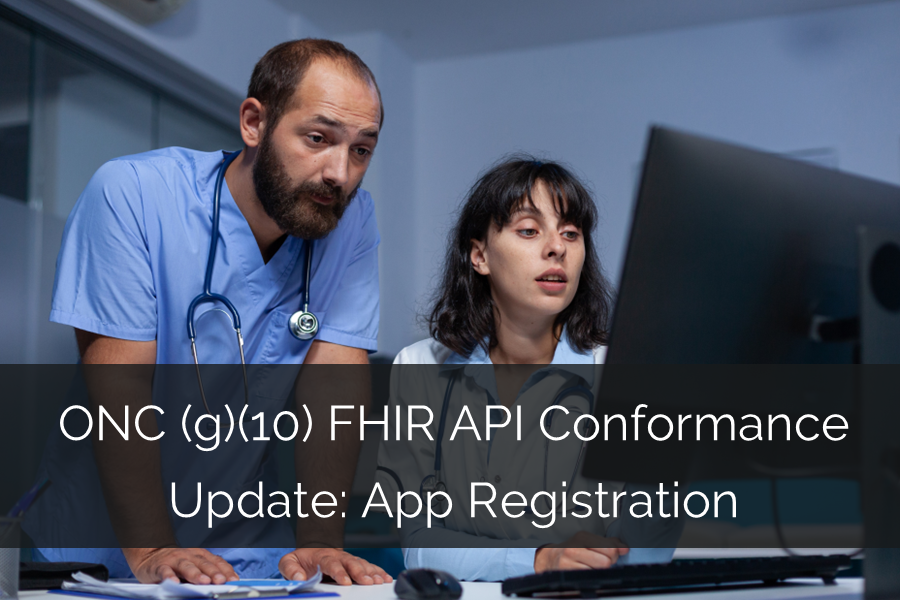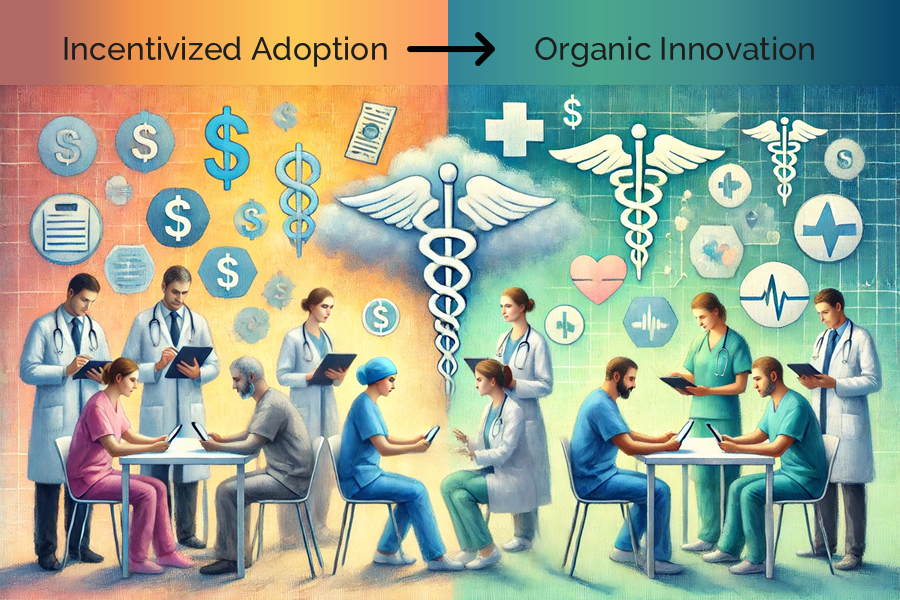Personal FHIR® Records - A Safety Deposit Box or Interest-Bearing Account?
Chances are most of you reading this don’t have a Personal FHIR Record (PFR), because you haven’t really had a need for one or you’re asking yourself what is a PFR? To understand what a PFR is, it helps to understand what a Personal Health Record (PHR) is. A PHR is similar to an EHR used by your doctor, except that you store your information and control who has access to it. Most PHRs require manual entry or scanning in documents, limiting its downstream use. Most have options to add in information that your provider might not have like exercise and sleep habits. A PHR is not directly connected to an employer, payer, or health provider.
A PFR is similar to a PHR, but it uses a special format called FHIR to store health data in a standardized, universal way. This allows the information to be shared quickly and easily between providers and payers at the patient’s leisure.
The key points to this definition of PFR are:
The patients store and control the data
They are able to store patient generated data that is not typically available to the doctors
It is independent of any third parties
It is likely that most of you have a patient portal provided by your provider giving you access to your medical data. That portal is not one that you truly own, not one that allows you to incorporate and organize records from different organizations, and not one that allows you to integrate third party data such as wearables.
How can a PFR benefit you?
Now that you are more familiar with a definition of a PFR, the question is what do you want out of your PFR? For a second, let’s pretend your medical data is currency or money that is accumulated over time. Do you want to store your money in a safety deposit box, or do you want your money with an institution that can put your money to work for you?
Most PHRs today are safety deposit boxes. They are really good at keeping your information safe, they let you put data into it, and they let you retrieve data when you need it. But that safety deposit box might be cumbersome to use, what goes in and out isn’t necessarily tracked, and the access options are very limited.
But what if you could put your medical data in an interest-bearing account? One that lets you easily transfer information between locations from your phone, one that lets you share limited access to others when needed, one that can help you learn more about your problems and treatments? One that can connect you to resources that are relevant and meaningful to you, based on the information in it while keeping it safe? That is exactly what makes a PFR stand apart from a PHR.
Imagine a situation where your parents or grandparents are able to store data about their visits with healthcare providers in a PFR and make that information available to you, their caregiver. Using this information you can now seek out resources based on those data points, resources that could make your life easier as a caregiver, or resources that can help you provide better care for your loved ones. This would not be possible if your loved ones decided to store their medical data in a safety deposit box.
Choosing Health Insurance plan is faster and easier while using a PFR as well. Using your data to “shop around” for the best plans for your needs is much easier when the data is stored in a universal, interoperable format. With a traditional PHR that data would need to be translated to lengthy forms for each insurance company.
PFRs Mean Better Care For Patients
There is a reason the government has mandated and incentivized your doctors and organizations to implement EHRs, and that is because they believe the data recorded will lead to better care for the patients. Why then should patients not be able to take advantage of that same data that can help organizations care for the patients? Why should you not use that same data to meet your everyday health needs similar to how you use your money to meet your everyday needs? Why shouldn’t you be able to use that data to find peers and additional care providers, or use that data to find educational resources specific to your problems? You shouldn’t have to search the web endlessly to find resources that you need. Your data should be able to connect you to the exact information where and when you need it the most.
Regardless of the option that you choose, the information stored in a PFR should be treated with care as that information can make your life easier and potentially even save your life in an adverse event. However, the benefits you get from your PFR will be based on what information you choose to store and your willingness to share specific data with your peers and providers.











